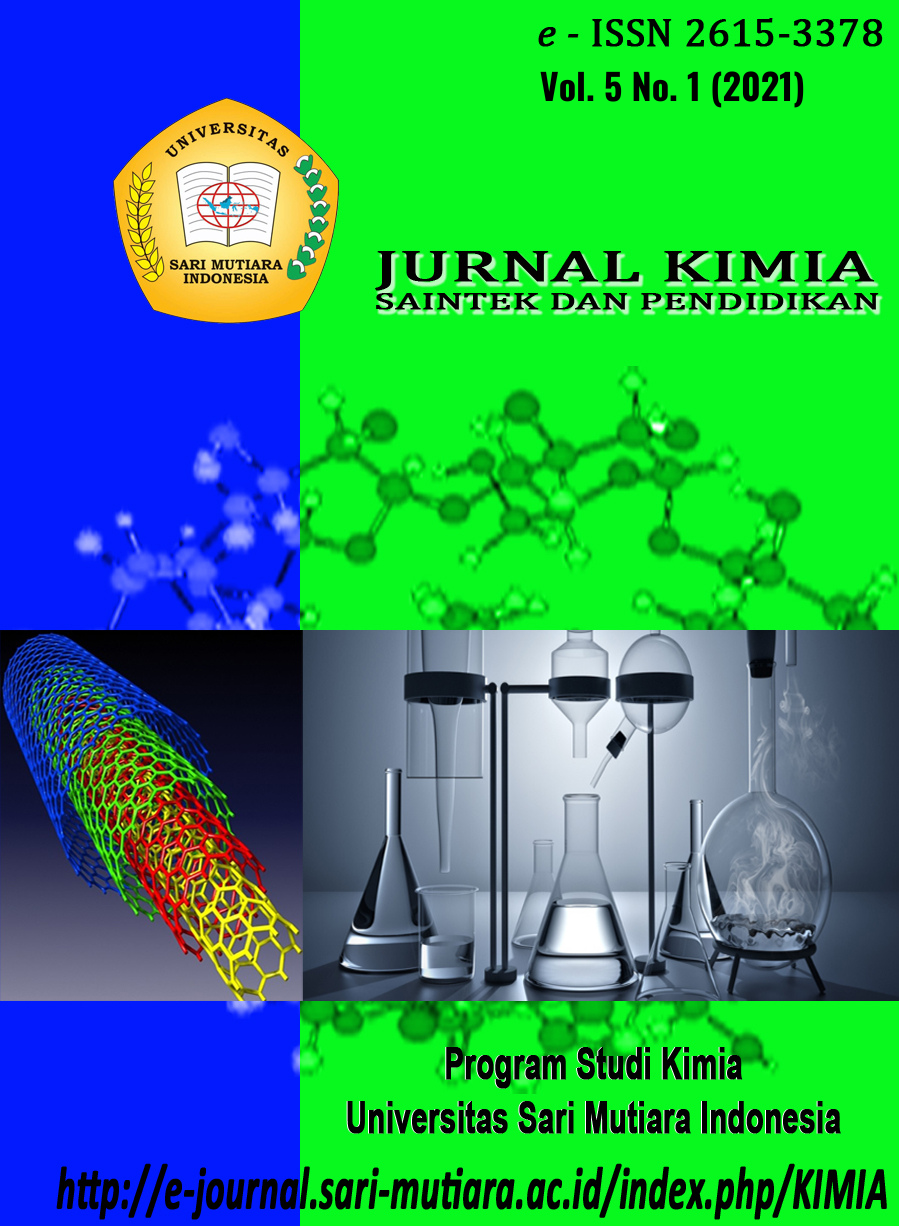KARAKTERISASI POROSITAS NANOKARBON CANGKANG BUAH SAWIT MENGGUNAKAN SCANNING ELEKTRON MICROSCOPE (SEM)
Main Article Content
Abstract
Referring to data from the Directorate General of Plantations of the Ministry of Agriculture throughout 2019, the area of oil palm plantations in Indonesia is estimated at around 14.68 million hectares, with total production reaching 51.8 million tons per year or the largest in the world. In 1 ton of palm oil produces 6.5% shell waste or 65 kg. Nanocarbons with their unique properties are now widely used in various applications such as batteries, supercapacitors, sensors and so on. Utilization of palm fruit shell waste as a nanocarbon material with a micropore structure, large surface area and high pore volume is the goal of this research.
Downloads
Article Details
References
Brun, N., Sakaushi, K., Yu, L., Giebeler, L., Eckert, J., & Titirici, M. M. (2013). Hydrothermal carbon-based nanostructured hollow spheres as electrode materials for high-power lithium-sulfur batteries. Physical Chemistry Chemical Physics, 15(16), 6080–6087. https://doi.org/10.1039/c3cp50653c
Goodman, M. D., Arpin, K. A., Mihi, A., Tatsuda, N., Yano, K., & Braun, P. V. (2013). Enabling New Classes of Templated Materials through Mesoporous Carbon Colloidal Crystals. Advanced Optical Materials, 1(4), 300–304. https://doi.org/10.1002/adom.201300120
Haryanti, Norsamsi, S. (2014). Studi Pemanfaatan Limbah Padat Kelapa Sawit. Jurnal Konversi, 3(2), 20–26. https://www.researchgate.net/publication/315486354%0ASTUDI
Hu, B., Wang, K., Wu, L., Yu, S. H., Antonietti, M., & Titirici, M. M. (2010). Engineering carbon materials from the hydrothermal carbonization process of biomass. Advanced Materials, 22(7), 813–828. https://doi.org/10.1002/adma.200902812
Larasati, T. D., Prakoso, T., Rizkiana, J., Devianto, H., Widiatmoko, P., & Nurdin, I. (2019). Nano Carbon Produced by Advanced Mild Hydrothermal Process of Oil Palm Biomass for Supercapacitor Material. IOP Conference Series: Materials Science and Engineering, 543(1). https://doi.org/10.1088/1757-899X/543/1/012031
Puccini, M., Stefanelli, E., Hiltz, M., Seggiani, M., & Vitolo, S. (2017). Activated carbon from hydrochar produced by hydrothermal carbonization of wastes. Chemical Engineering Transactions, 57(May), 169–174. https://doi.org/10.3303/CET1757029
Ratchahat, S., Viriya-Empikul, N., Faungnawakij, K., Charinpanitkul, T., & Soottitantawat, A. (2010). Synthesis of Carbon Microspheres from Starch by Hydrothermal Process. Sci. J. UBU, 1(2), 40–45.
Ryu, J., Suh, Y. W., Suh, D. J., & Ahn, D. J. (2010). Hydrothermal preparation of carbon microspheres from mono-saccharides and phenolic compounds. Carbon, 48(7), 1990–1998. https://doi.org/10.1016/j.carbon.2010.02.006
Supeno, M., & Siburian, R. (2020). New route: Convertion of coconut shell tobe graphite and graphene nano sheets. Journal of King Saud University - Science, 32(1), 189–190. https://doi.org/10.1016/j.jksus.2018.04.016
Tseng, R. L., & Tseng, S. K. (2005). Pore structure and adsorption performance of the KOH-activated carbons prepared from corncob. Journal of Colloid and Interface Science, 287(2), 428–437. https://doi.org/10.1016/j.jcis.2005.02.033
